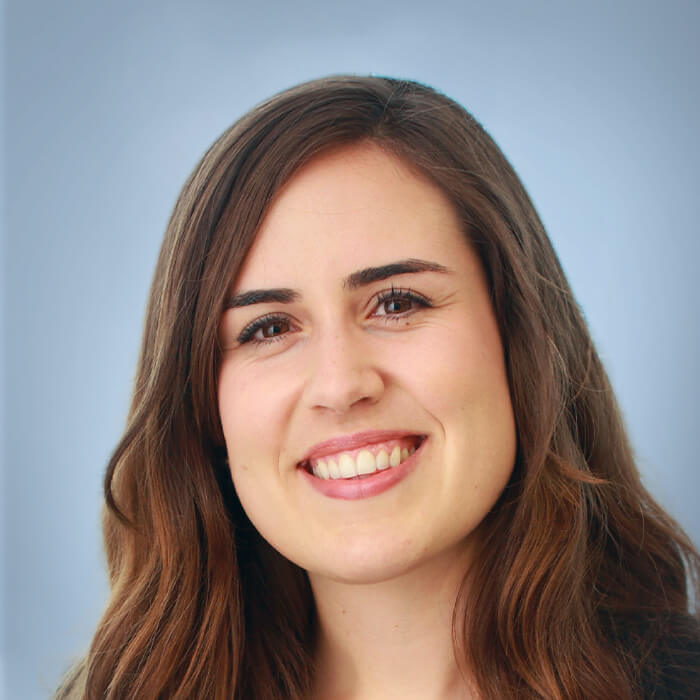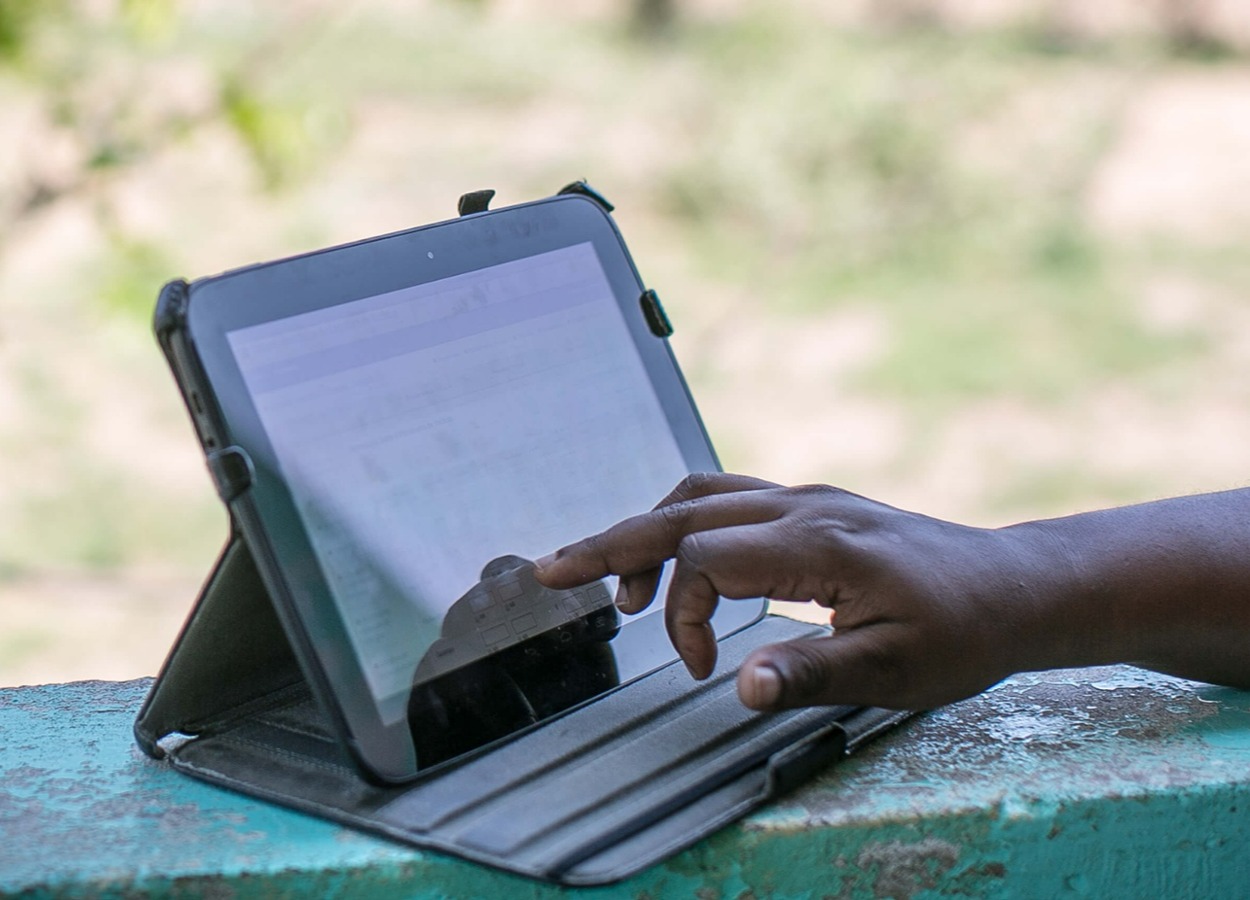Resonance worked with the Bill & Melinda Gates Foundation and VillageReach to identify and assess sustainable funding models for OpenLMIS, a digital healthcare logistics management information system that serves over 11,000 health facilities across Africa. We provided critical analysis and facilitated key conversations among stakeholders to ensure that the product continues to serve the global good for as long as it's needed.
“Resonance's expertise, tenacity, strong leadership, and coordination skills quickly moved a challenging research and business modeling project through a number of phases toward some key decision points in a smart way.” – Brandon Bowersox-Johnson, Director of Digital Solutions at VillageReach, an OpenLMIS implementation partner
OpenLMIS Partner Network Pursues Self-Sustaining Business Model, With Support From the Gates Foundation
Challenge
OpenLMIS is an electronic logistics management information system that offers governments with limited resources an effective and affordable way to reduce health supply chains inefficiencies, improve health outcomes, and save lives. It has lowered medical stockouts in more than 11,000 health facilities across Africa and has significantly improved the performance of healthcare supply chains bringing vaccines, HIV and Malaria medicines, nutrition products, and more from Angola to Zanzibar. While the OpenLMIS software platform is freely available to use and modify by the thousands of communities that depend on it, its maintenance is funded by just a handful of large donors. Key stakeholders like the Gates Foundation want to ensure that OpenLMIS remains a thriving platform, with a more diversified business model that can sustain it for years to come.
“We are increasingly understanding that we need to shift our approach to achieve a sustainable business model that will keep OpenLMIS alive for as long as it's needed, while continuing to ensure it fills a market need in the long-term for the communities it serves,” said Kelly Hamblin, Program Officer at the Gates Foundation. “We need to build a system that can outlive individual philanthropic efforts to sustain strong healthcare systems over time.”
Approach
With support from the Gates Foundation, OpenLMIS implementation partners brought on Resonance to identify and assess sustainable funding models best suited to the landscape in which OpenLMIS operates. Together, we conducted a deep analysis of the current state, including a stakeholder mapping of partners and related organizations, landscape assessment, cost analysis, and two rounds of market soundings: one in countries where the software is already in use (in Malawi and Tanzania) and where it is not yet in use (in Bangladesh, Vietnam, and South Africa). A key driver of the project was to ensure community involvement every step of the way, through in-person meetings, global real-time webinars, online surveys, workshops, and more. OpenLMIS users and communities heavily informed the project planning approach, timeline, and outcomes. In partnership with these stakeholders, the team explored avenues for growth and future state options, financial modeling to assess feasibility of those options, and an evaluation of public-private partnership opportunities.
“Resonance's expertise, tenacity, strong leadership, and coordination skills quickly moved a challenging research and business modeling project through a number of phases toward some key decision points in a smart way,” said Brandon Bowersox-Johnson, Director of Digital Solutions at VillageReach, an OpenLMIS implementation partner.
Outcomes
Based on project findings, Resonance recommended that stakeholders retain OpenLMIS’s open source status, while introducing the platform to a paying commercial customer base, exploring partnerships with the private sector, and creating a means for the customer base to pay for the software maintenance they rely on. By including paying customers in new industries, the software will have a larger footprint and new ways to capture revenue to keep the core system supported. By working with private sector partners, Resonance identified synergies and market opportunities for OpenLMIS to add more value and reach more users. All this helps ensure that OpenLMIS remains accessible and can evolve as technology advances.
Insights for Open Source Health Systems
Insights from this study transcend the specific case of OpenLMIS. Our team developed five tenets that may prove useful for other public health open source systems that are exploring sustainable funding models:
1. Understand the value of the product.
At the outset of future state planning, managers of global digital health tools should understand their product’s unique value proposition to be able to successfully determine an appropriate business model, taking into account the impact and value of the data that the product may collect. For example, global goods platforms collect large amounts of data that could be valuable to pharmaceutical companies or third party data aggregators, to inform decision-making or support emergency preparedness.
2. Diversify the customer base and revenue.
A key pillar of sustainability is to determine the viability of a commercial customer base that will pay for the product. That could mean engaging new users whose needs are similar—in the case of OpenLMIS, private health providers such as clinic networks, hospitals, and pharmacies, or supporting existing users with new offerings, such as trainings, conferences, and premium services.
3. Find the right organizational structure.
The right organizational structure, including the housing, management, and stewardship of the software, will allow a platform to most effectively transition into commercial viability. In some cases, the right partner can pool resources and technology expertise to help systems achieve economies of scale or evolve with broader market trends, while also upholding organizational missions.
4. Switch project implementations to a paid model.
Platforms should at least explore how to transition current customers from a free, donor-funded model, to a partly paid model based on readiness and maturity. In such a case, donors would continue to provide initial payments, with the expectation that host governments and local partners would take on payments over time.
5. Develop partnerships to drive mission and revenue goals.
Strategic partners provide financial and non-financial resources, guidance, and expertise, while business development or sales partners will unlock customer relationships through a formal revenue sharing agreement. These partners can work together to strengthen and expand a product’s offering, ensuring it meets the needs of each community it serves and continues to grow over time.
Open source communities are built on the notion that different organizations with complementary resources are greater than the sum of their parts. In the case of OpenLMIS, donor-funded software has enabled stronger, more accessible public health systems in some of the countries that need it most. Through the OpenLMIS sustainability planning project, those principles will continue to be upheld, by forging partnerships, pooling resources, and streamlining workflows. In 2020, Resonance looks forward to working with the Gates Foundation, VillageReach, and the OpenLMIS community to implement the team’s recommendations and create a future state that works for all.
“For nearly ten years, the OpenLMIS tool has enabled governments to better manage their health commodity supply chains to serve their populations,” said Emily Clayton, Resonance Senior Manager and OpenLMIS sustainability project lead. “By providing critical analysis and facilitating key conversations among stakeholders, we are able to move OpenLMIS toward a more sustainably-funded future, allowing the product to continue to serve the global good.”
Photo courtesy of Paul Joseph Brown, VillageReach.



